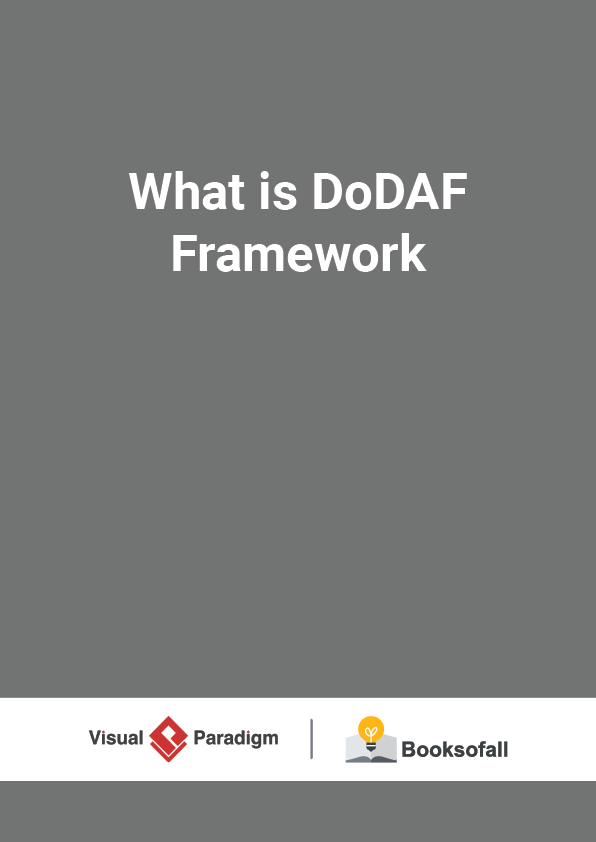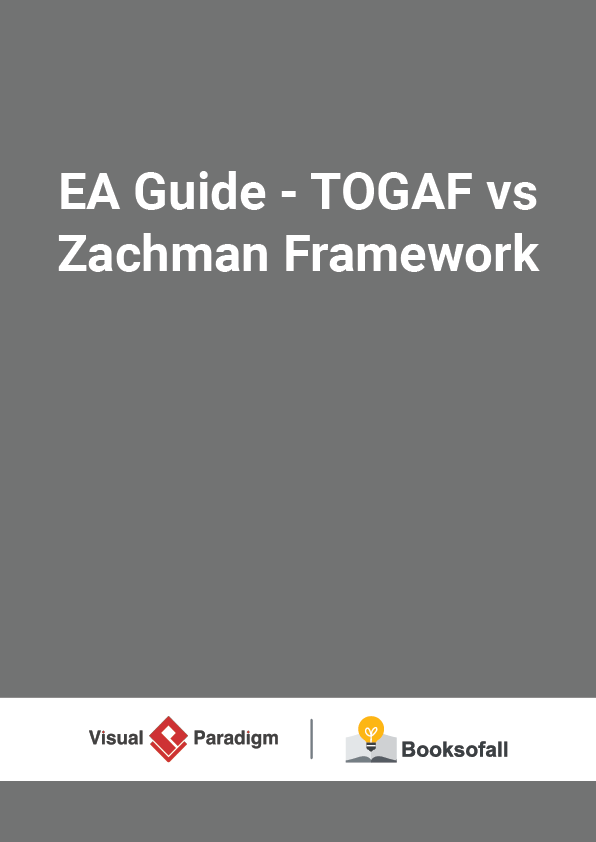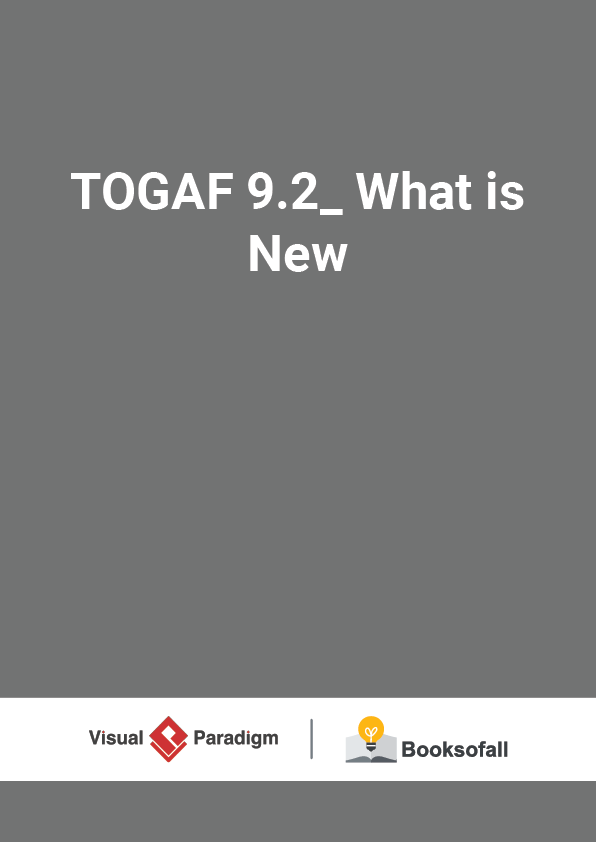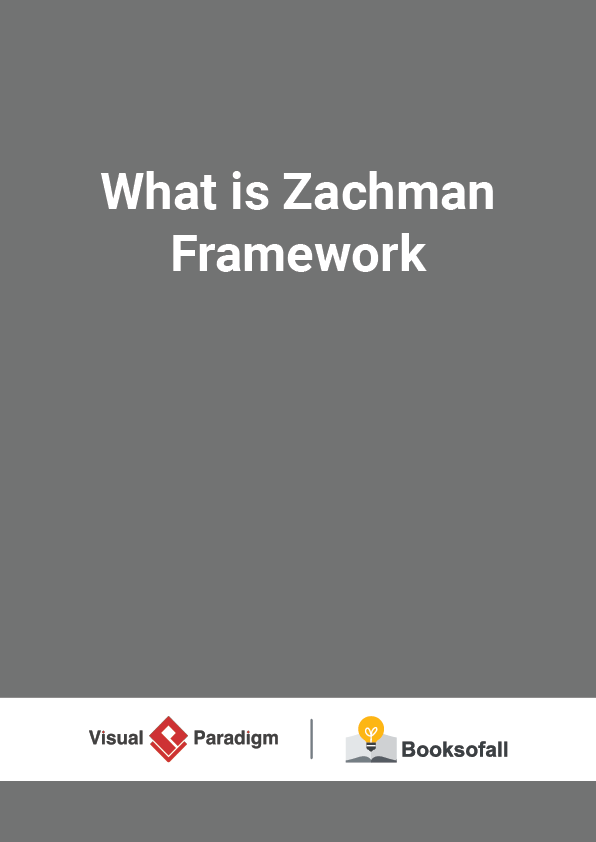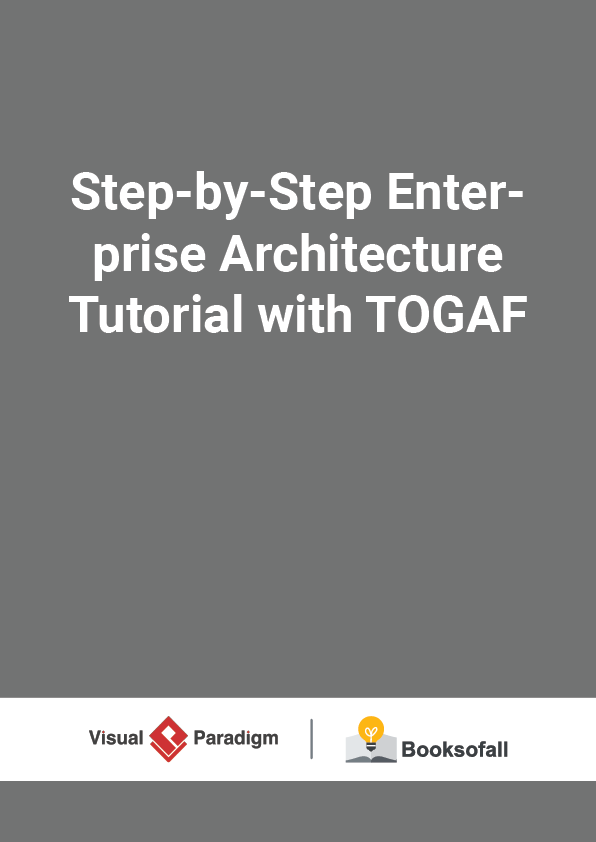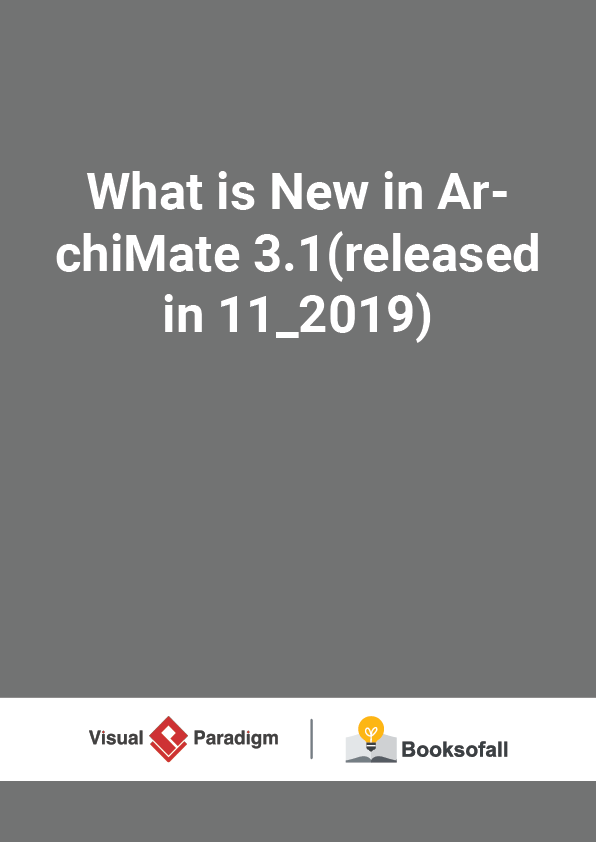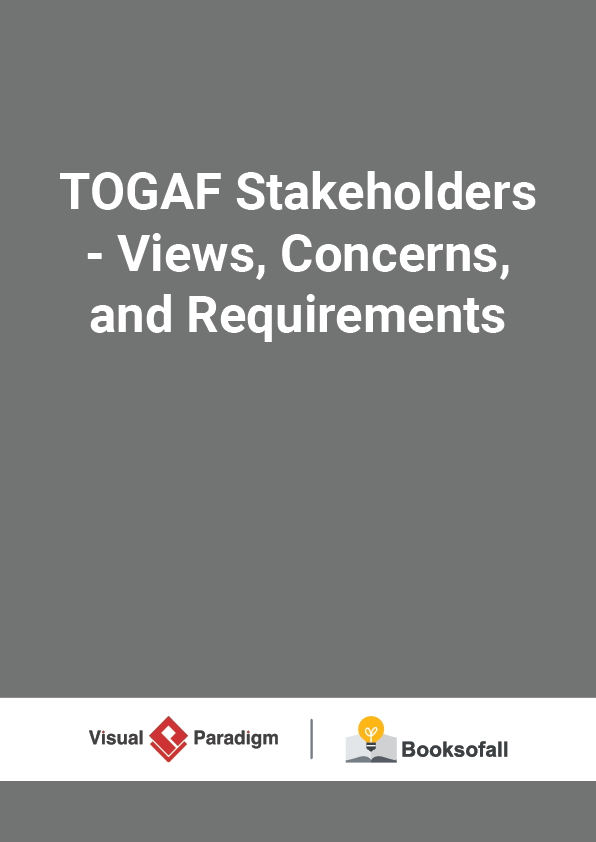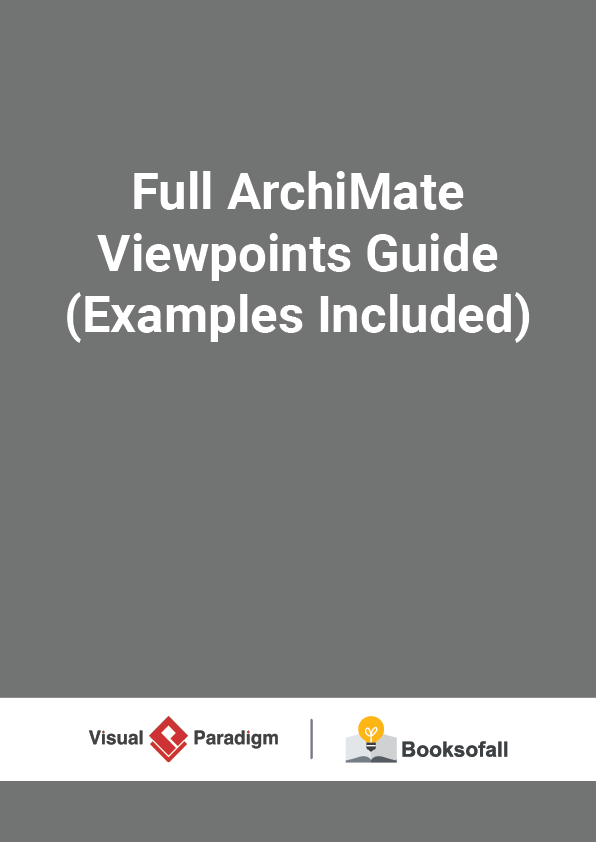What is DoDAF Framework
6-7 minutes
The Department of Defense Architecture Framework (DoDAF) defines a common approach for presenting, describing and comparing DoD enterprise architectures across organizational, joint or multinational boundaries. It also promotes the use of common terminology, assumptions, and principles to facilitate integration better. Thus, DoDAF is especially suited to large systems with complex integration and interoperability challenges, and it is unique in its employment of “operational views”. These views offer overview and details aimed at specific stakeholders within their domain and in interaction with other domains in which the system will operate.
DoDAF provides visualization infrastructure for specific stakeholders’ concerns through viewpoints organized by various views. These views are artifacts for visualizing, understanding and assimilating the broad scope and complexities of an architecture description through tabular, structural, behavioral, ontological, pictorial, temporal, graphical, probabilistic, or alternative conceptual means.
Why use DoDAF?
DoDAF helps System Architects, Systems Engineers, Software Developers, and others who seek to transition from traditional systems development processes that are document-based and code-centric, to Model-Based Engineering processes that are requirements-driven and architecture-centric.
All major U.S. DoD weapons and information technology system acquisitions are required to develop and document an enterprise architecture (EA) using the views prescribed in the DoDAF. While it is aimed at military systems, DoDAF has broad applicability across the private, public and voluntary sectors around the world, and represents one of a large number of systems architecture frameworks.
As the enterprise architecture framework of choice for defense /aerospace applications, DoDAF is a key enabling technology for organizing and sharing large, complex system architectures for distributed Systems-of-Systems (cf. Network Centric Operational Warfare architectures).
The purpose of DoDAF is to define concepts and models usable in DoD’s six core processes:[6]
- Joint Capabilities Integration and Development (JCIDS)
- Planning, Programming, Budgeting, and Execution (PPBE)
- Defense Acquisition System (DAS) Systems Engineering (SE)
- Operational Planning (OPLAN)
- Capability Portfolio Management (CPM)
The objective of DoDAF is to concretely define models and concepts that are usable in the DoD’s six core processes:
- Joint Capabilities and Integration Development (JCIDS)
- Planning, Programming, Budgeting, and Execution (PPBE)
- Defense Acquisition System (DAS)
- Systems Engineering (SE)
- Operational Planning (OPLAN)
- Capability Portfolio Management (CPM)
History of DoDAF
DoDAF Updated
The current version as of this writing is 2.02 and it had the following specific goals:
- Establish guidance for creating architecture content as a function of purpose or “fit for purpose.”
- Enhance the effectiveness and utility of architectures through a rigorous data model so that it can be analyzed, evaluated and eventually integrated with more precision. This data model is called the DoDAF Meta Model (DM2).
